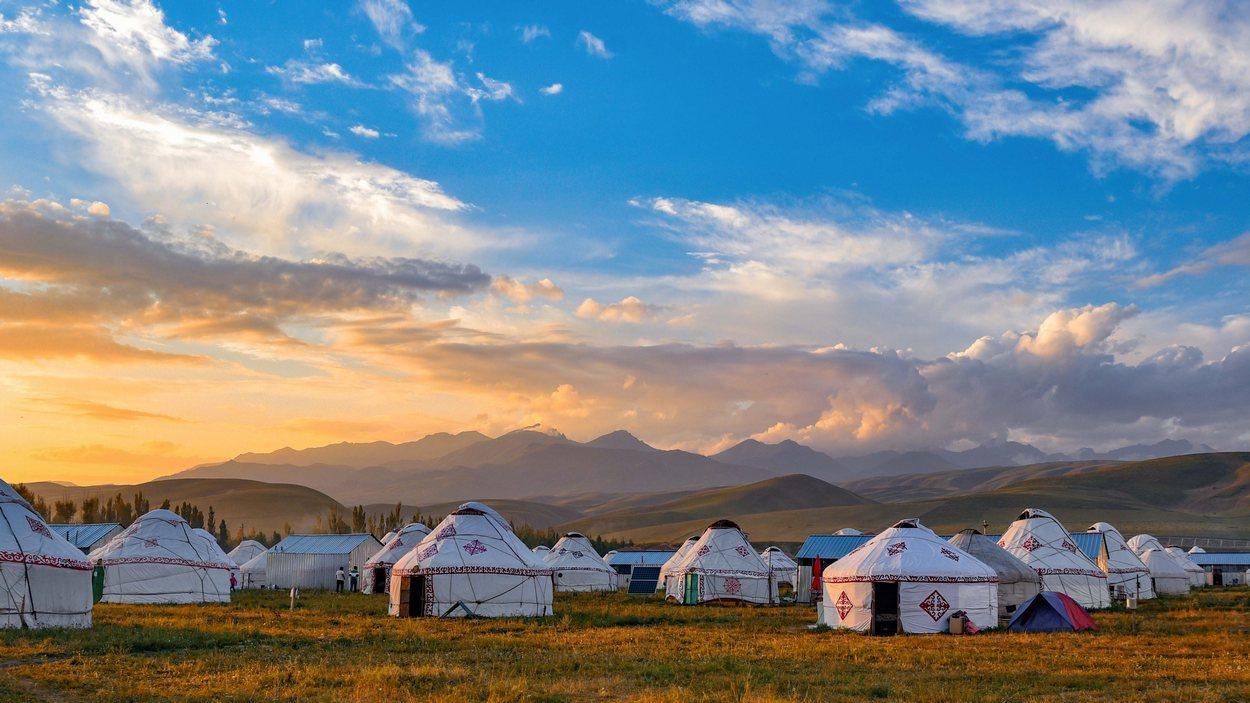In the first quarter of 2020, as news of lockdown measures in other parts of Asia and the Pacific rolled in, Kazakhstan was holding its breath and developing appropriate urgent measures in anticipation of possible COVID-19 cases in the country. The same scenario played out across Central Asia and South Caucasus countries, which only recorded their first confirmed cases of COVID-19 in March and April 2020. People were forced to adapt to the lockdown and quarantine measures quickly.
Putting people first
At the start of the pandemic, communities across the region were glued to news channels, constantly trying to glean more information from the changing situation. Checking the infection numbers, and receiving updates on whether there will be an extension of lockdown measures was commonplace. Inevitably, healthcare systems were quickly overwhelmed, and anxiety rose amongst the population due to increasing uncertainties. Out of the 17 Sustainable Development Goals (SDGs), good health and wellbeing (Goal 3) has been the most directly impacted by the pandemic, with lockdowns and social distancing aggravating a situation where vulnerable groups – especially older people, migrants, women and people with disabilities were at the greatest risk. The stress on healthcare resources directed at combatting the pandemic led to a decreased capacity to support non-COVID-19 patients. In addition, rates of domestic violence increased, and mental health issues were also on the rise. The pandemic highlighted the vulnerabilities in existing social systems across North and Central Asia. We need to better protect people and facilitate inclusivity in social services in order to leave no one behind.
Facilitating an inclusive digital transformation
People quickly turned to digital technologies to adapt to life in lockdown. Distance learning and the ability to work from home were mainstreamed, while e-commerce became the norm. Despite the support of digital technologies, the pandemic has affected people’s access to education, working hours and income. One alarming statistic to come out of the Asia and the Pacific SDG Progress Report 2021, is that Central Asia recorded the highest percentage increase in non-attending children and youth among other Asia-Pacific subregions. Labour income losses in the subregion increased by almost 9 per cent in 2020 compared to 2019. The adoption of digital technologies also brought to the forefront issues of the digital divide, especially between urban and rural areas. Rural populations have limited access to digital products and services – exacerbating issues related to online learning attendance rates. As countries in the subregion accelerate the implementation of digital transformation efforts, digitalization needs to be implemented in a manner that contribute to the double bottom line of economic development and social inclusivity.
Integrating green economy strategies
During the lockdown, cities in North and Central Asia enjoyed a brief period of improved air quality – in contrast with the harmful emissions experienced in a normal year, especially during the winter months. It is worrying that 85 percent of countries in Asia and the Pacific have little to no environmental considerations in their recovery plans, given the intimate relationship between the environment and people. In North and Central Asia, all of the SDGs in regression are environment-related; including, sustainable cities and communities (Goal 11), climate action (Goal 13), and life below water (Goal 14). Urgent action is required to reverse these regressing trends. Transport, energy, and agriculture are among the sectors that should be prioritized for the development of low carbon systems and infrastructure in the subregion. Green economy strategies must be embedded in recovery efforts to ensure long-term sustainability for future generations.
Accelerated actions are required to achieve the SDGs in North and Central Asia. So far, progress is either slow or stagnant for most of the Goals, and data availability remains limited. COVID-19 should not be an excuse to side-line efforts to achieve the SDGs, but rather it serves as an impetus to advance the 2030 Agenda for Sustainable Development. The 2030 Agenda framework provides the overall framework for recovery and future development in the subregionprecisely because its ambitious, transformative and comprehensive approaches are what is needed.
United Nations ESCAP
Patricia Wong Bi Yi, Associate Economic Affairs Officer
22.03.21
